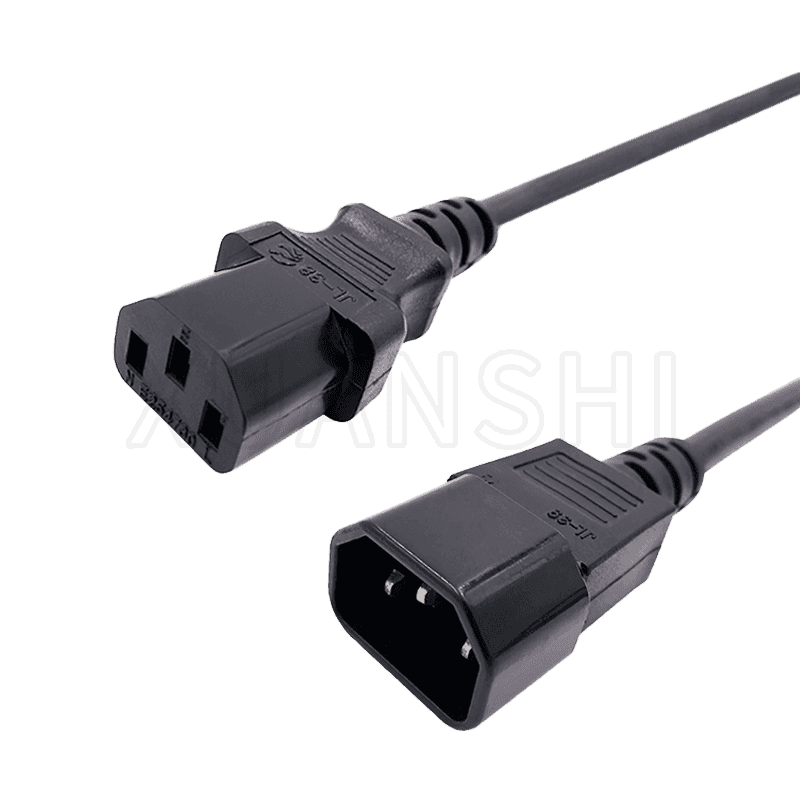The
Power Cable With Plug is an electrical component used to transfer alternating current (AC) or direct current (DC) electricity. These cables are typically made of copper wire insulated with a non-conductive plastic coating.
There are many types of power cables, but most are similar in that they provide a source of DC electricity from an AC supply. Some are designed to be portable and used with a variety of devices, while others are installed in long-term or permanent applications.
Some cords are more versatile than others, so it's important to know how to select the right one for your needs. There are several factors to consider, including size, safety, plug type, power output, price, and warranties.
If you're not sure what kind of plug you need, you can start by checking the manual or manufacturer's website. There are a few common plug types, including the North American Type A and Japanese Type B.
You can also use a NEMA code to determine the type of connector. NEMA codes are established by the National Electrical Manufacturers Association, and describe various devices based on their amperage/voltage capacity. NEMA devices are available in amperages ranging from 15-60, and voltages ranging from 125-600.
The most commonly used NEMA connectors are the 5-pin, 5-pole and 10-pin. These are most often seen in wall outlets, extension cords and computer power cords.
There are also more complex NEMA plug types. These include the straight-blade and locking types, which have curved blades that prevent them from accidentally falling out of a receptacle. An "L" preceding a NEMA code indicates that the plug is a locking type.
Some other NEMA plugs are polarized, which means that the neutral side of the cable is wider than the positive side. These cables are most commonly used in computer motherboards but may also be found in other high-tech equipment.
If you're having trouble finding a NEMA power cord, it's a good idea to check the polarization of the plug. This will help you determine whether the plug will be compatible with the device you're plugging it into.
Another thing to check is the pin diameter of the plug. Some devices will have a diagram showing the correct polarity.
A 5.5mm sleeve can have a 2.5mm, 2.1mm or 1.3mm pin, depending on its design. The correct pin diameter will make the connection much stronger and more reliable.
Finally, a power cable should be polarized and fit properly into the correct motherboard connector. This is especially true if you're using a power cord with an 8-pin PCI Express or EPS 12 volt connector.
It's also a good idea to check that the plug is the correct type for the country you are importing it for, as there are many different plug patterns used throughout the world. The correct plug can make a big difference in the quality of your audio and video experience.

Model JL-38/JL-39
Exterior Color Black or customized
Wiring SVT,SJT 18AWG/3C (10A/125V)
SJT 16AWG/3C (13A/125V)
